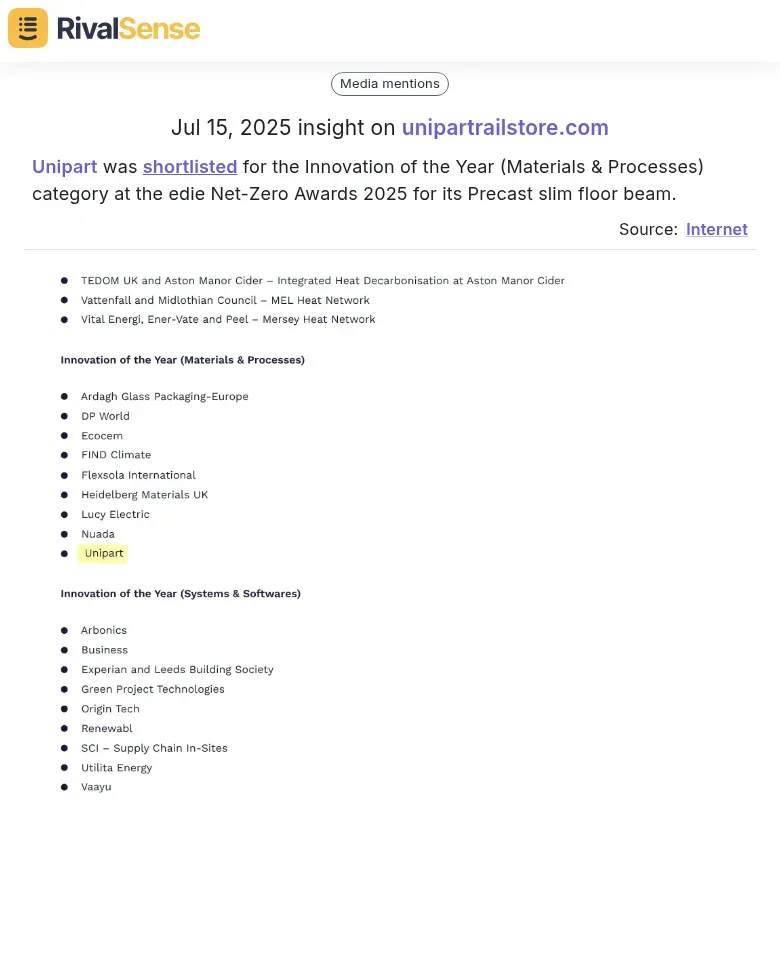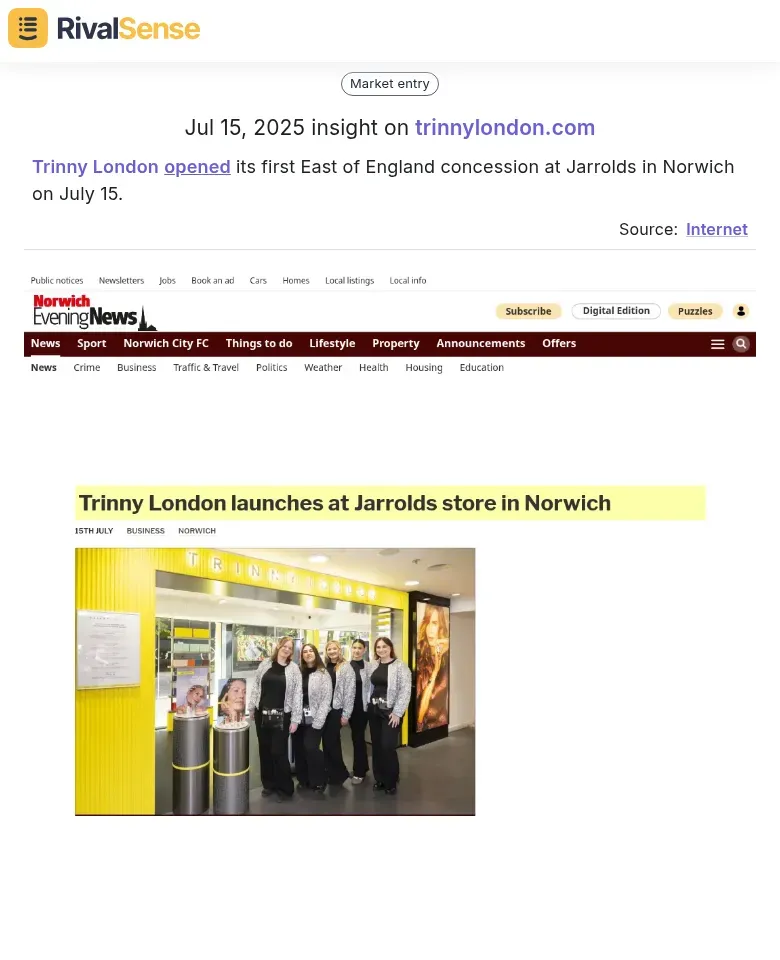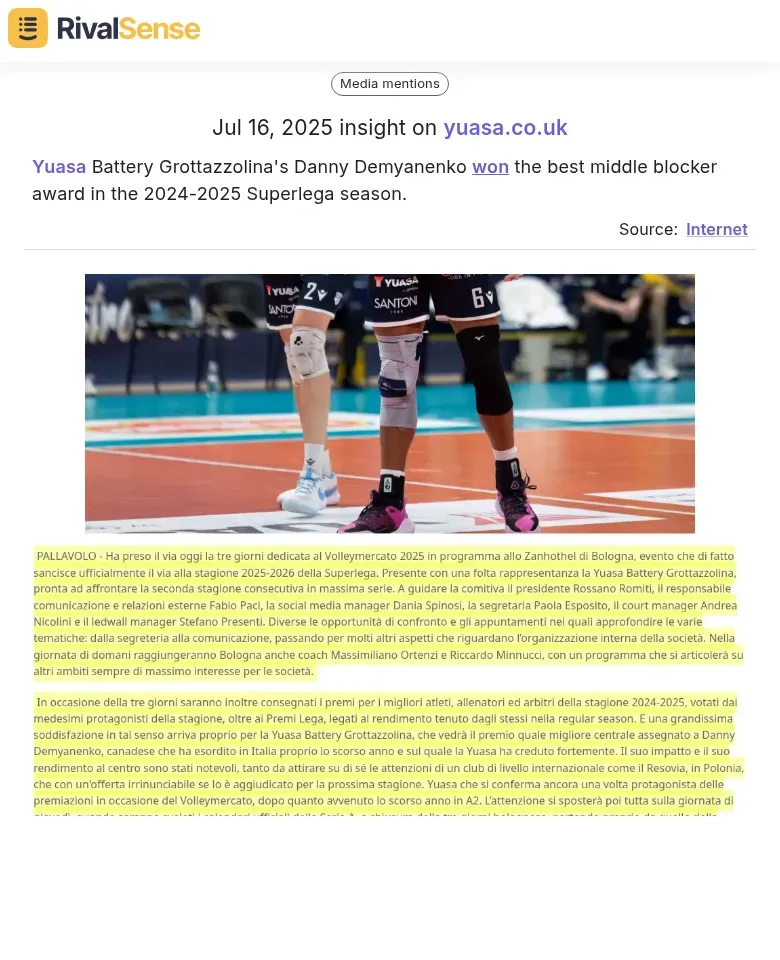B2B Competitive Research: Internet Insights Workflow Breakdown
In the fast-paced world of B2B markets, competitive research is essential for survival and growth. Understanding competitors' strategies, strengths, and weaknesses allows you to refine your business approach and maintain a competitive edge. Internet insights provide real-time data revealing emerging trends, competitor moves, and market gaps almost instantaneously.
Effective competitive research follows this structured workflow:
- 🔍 Identify Your Competitors: List direct and indirect competitors using tools like Crunchbase or LinkedIn Sales Navigator.
- 📊 Gather Data: Collect insights from competitor websites, social media, and review platforms. Subscribe to newsletters for firsthand experience.
- ⚖️ Analyze Strengths/Weaknesses: Assess their online presence, content strategy, and customer engagement gaps.
- 📅 Track Findings: Maintain a centralized tracker for pricing changes, marketing tactics, and product updates.
- 🚀 Apply Insights: Implement findings to enhance products, pricing strategies, and marketing campaigns.
✅ Practical Checklist:
- Use Semrush for SEO benchmarking
- Monitor social sentiment with Brand24
- Schedule monthly competitive review sessions
Leveraging Awards and Recognitions for Insights
Industry awards offer invaluable windows into competitors' strengths and market positioning. These accolades highlight validated innovations and industry benchmarks worth analyzing. For example, tracking award shortlists reveals where competitors are investing resources and what industry experts deem noteworthy.
Consider Unipart's recognition as a finalist for the 2025 edie Net-Zero Awards in Materials & Processes innovation. This signals their sustainability focus and helps benchmark industry standards:

Why it matters: Award insights help identify emerging trends (like sustainability), reveal competitor R&D priorities, and provide measurable benchmarks for your own initiatives.
🛠️ Implementation Framework:
| Step | Action |
|---|---|
| 1 | Subscribe to industry award newsletters |
| 2 | Reverse-engineer submission criteria |
| 3 | Compare your capabilities against winners |
| 4 | Identify innovation gaps to address |
Monitoring Competitor Expansions and Market Presence
Physical expansions provide concrete evidence of growth strategies and market confidence. New locations signal targeted demographic focus and resource allocation patterns that merit close analysis. Tracking these moves helps anticipate market saturation and identify underserved regions.
When Trinny London opened its first East of England concession in July 2025, it demonstrated strategic regional targeting:

Why it matters: Expansion insights reveal market validation, geographic priorities, and operational scalability - helping you adjust your own growth timelines and resource allocation.
🔎 Tracking Methodology:
- Set Google Alerts for competitor names + "opening" or "expansion"
- Monitor job postings in new locations
- Analyze social media geo-tags
- Track shipping policy changes
Innovation and Product Development Insights
Competitor R&D activities directly indicate market direction and emerging opportunities. Product launches and patents reveal strategic priorities worth mirroring or countering. Systematic tracking helps identify whitespace opportunities before markets shift.
Focus on these innovation indicators:
- New patent filings
- Beta program announcements
- Material/process improvements
- Strategic partnership formations
🛠️ Action Steps:
- Create an innovation dashboard tracking:
- ✅ Launch frequency
- ✅ Feature enhancements
- ✅ Technical certifications
- Conduct quarterly gap analysis against competitor offerings
- Reverse-engineer successful product UX/features
Competitive Benchmarking Through Performance Metrics
Quantifiable achievements provide objective standards for measuring your competitive position. Individual and team recognitions often reflect organizational culture strengths that impact talent retention and operational excellence. Tracking these helps set realistic performance targets.
For instance, Yuasa Battery Grottazzolina's athlete award demonstrates their commitment to excellence:

Why it matters: Performance metrics reveal operational strengths that translate to customer satisfaction and retention - critical factors in B2B decision-making.
📊 Benchmarking Framework:
1. Identify 3-5 key performance indicators (KPIs)
2. Collect competitor metrics quarterly
3. Visualize gaps using scorecards
4. Prioritize 1-2 areas for improvement
Implementing Insights into Your Strategy
Translating research into action requires systematic processes and accountability. Start by prioritizing insights based on potential ROI and implementation feasibility. Assign clear ownership and timelines for each initiative derived from competitive analysis.
📈 Measurement Framework:
| KPI | Tracking Frequency |
|---|---|
| Market share | Quarterly |
| Customer acquisition cost | Monthly |
| Feature parity | Bi-weekly |
| Win/loss rate | Per deal |
✅ Execution Checklist:
- [ ] Convert findings into SMART goals
- [ ] Assign initiative owners
- [ ] Establish reporting cadence
- [ ] Create feedback loops
- [ ] Review competitor movements weekly
🔁 Continuous Improvement Cycle:
Research → Analyze → Implement → Measure → Optimize
Streamline Your Competitive Research: Manually tracking competitors across websites, registries, and news sources consumes valuable resources. RivalSense automates this process by monitoring product launches, pricing changes, expansions, awards, and leadership moves - delivering actionable insights in weekly reports.
👉 Try RivalSense Free and get your first competitor intelligence report today!
📚 Read more
👉 Comparative Market Share Analysis: B2B Auto Dealerships
👉 Competitor Partnerships & Clients Cheat Sheet: Essential Insights
👉 How homechoice's Bold Promo Shift Reveals Competitive Pressure in Retail
👉 Competitor Response Prediction Methods: Stay Ahead in the Game
👉 Competitive Analysis for Legal Firms: Top Tools and Real-World Tactics
